在Spring Cloud中实现基于事件驱动的微服务架构主要涉及到微服务间的异步通信。Spring Cloud Stream和Spring Cloud Bus是两个常用的工具来帮助我们实现这一目标。下面,我将通过步骤和示例来展示如何构建一个基于Spring Cloud的事件驱动微服务系统。
![图片[1]_构建基于Spring Cloud和Spring Cloud Stream的事件驱动微服务架构_知途无界](https://zhituwujie.com/wp-content/uploads/2024/07/d2b5ca33bd20240708125216.png)
1. 项目结构
假设我们有两个微服务:
- 事件生产者(Event Producer):负责生成事件。
- 事件消费者(Event Consumer):监听并处理事件。
2. 技术选型
- Spring Boot:构建微服务的基础。
- Spring Cloud Stream:用于构建高度可扩展的事件驱动微服务。
- 消息中间件:如RabbitMQ或Kafka,用于在微服务间传递消息。
3. 搭建Spring Boot项目
使用Spring Initializr(https://start.spring.io/)快速生成Spring Boot项目骨架,选择需要的依赖(如Spring Web, Spring Cloud Stream Binder for RabbitMQ等)。
4. 配置Spring Cloud Stream
在application.yml或application.properties中配置消息中间件和Stream的绑定。
Event Producer 的 application.yml 示例:
spring:
cloud:
stream:
bindings:
output:
destination: my-event-topic
contentType: application/json
rabbit:
bindings:
output:
producer:
exchangeType: topicEvent Consumer 的 application.yml 示例:
spring:
cloud:
stream:
bindings:
input:
destination: my-event-topic
group: my-consumer-group
contentType: application/json
rabbit:
bindings:
input:
consumer:
autoBindDlq: true
dlqDeadLetterExchange:
dlqExchangeType:5. 实现事件发送与接收
Event Producer:
@EnableBinding(Source.class)
public class EventProducer {
@Autowired
private MessageChannel output;
public void sendEvent(MyEvent event) {
output.send(MessageBuilder.withPayload(event).build());
}
interface Source {
@Output("output")
MessageChannel output();
}
}Event Consumer:
@EnableBinding(Sink.class)
public class EventConsumer {
@StreamListener(Sink.INPUT)
public void receiveEvent(MyEvent event) {
System.out.println("Received event: " + event);
// 处理事件
}
interface Sink {
@Input("input")
SubscribableChannel input();
}
}6. 启动和测试
- 启动RabbitMQ服务器。
- 分别启动Event Producer和Event Consumer微服务。
- 在Event Producer中发送事件,查看Event Consumer是否成功接收并处理。
7. 扩展和优化
- 消息确认和错误处理:确保消息传递的可靠性,处理消息失败的情况。
- 消息过滤和路由:根据消息内容或类型进行过滤和路由。
- 性能和扩展性:优化消息中间件配置,使用集群等策略提高系统性能和扩展性。
通过以上步骤,你可以构建一个基于Spring Cloud的事件驱动微服务系统,实现微服务间的异步通信和事件驱动架构。
© 版权声明
文中内容均来源于公开资料,受限于信息的时效性和复杂性,可能存在误差或遗漏。我们已尽力确保内容的准确性,但对于因信息变更或错误导致的任何后果,本站不承担任何责任。如需引用本文内容,请注明出处并尊重原作者的版权。
THE END



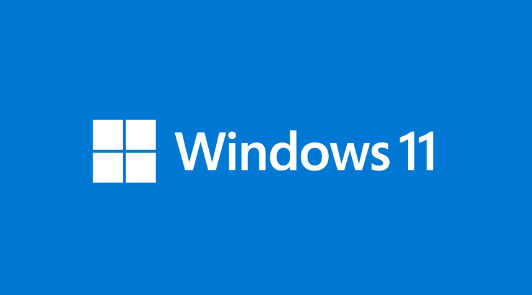
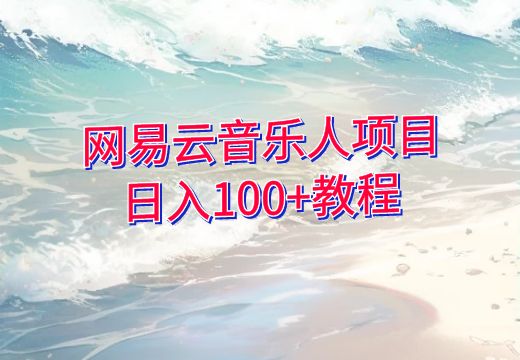



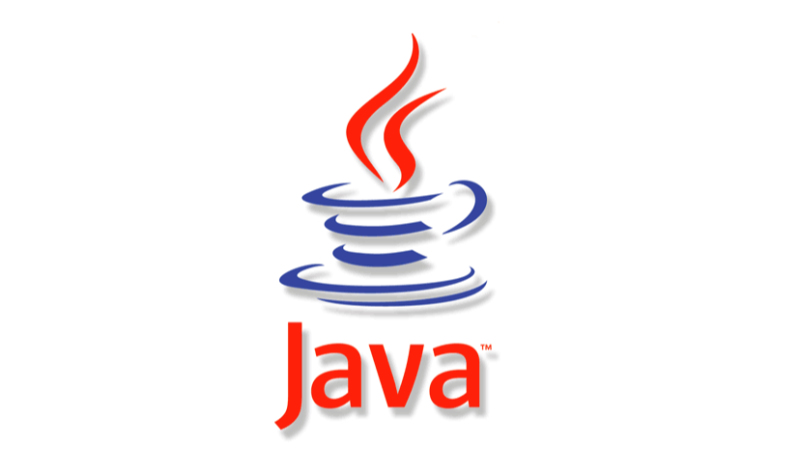
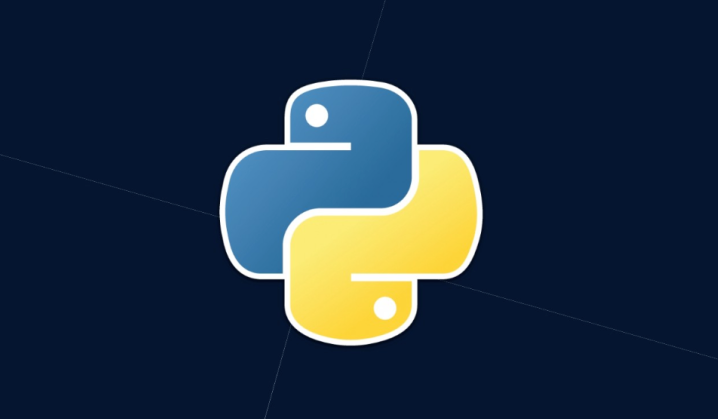
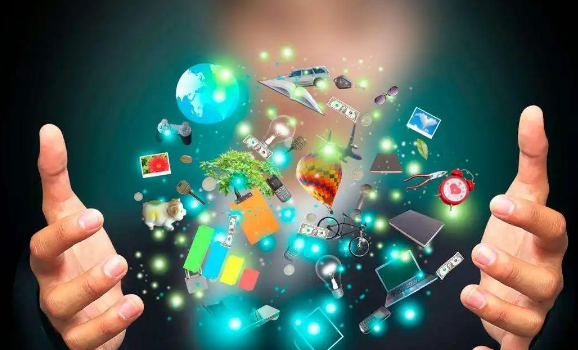


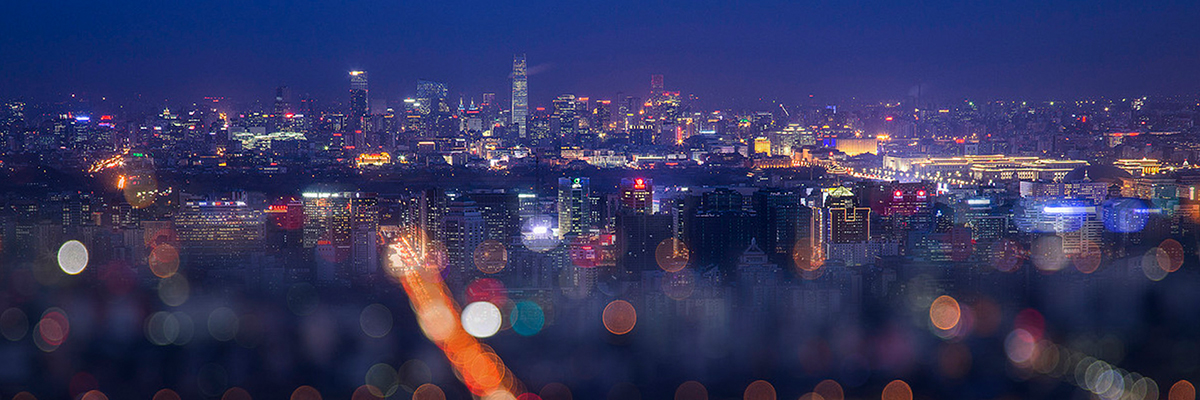






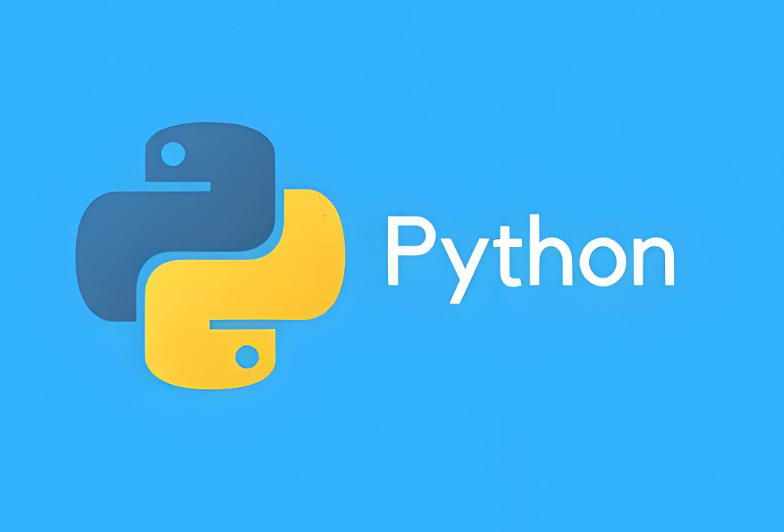




暂无评论内容